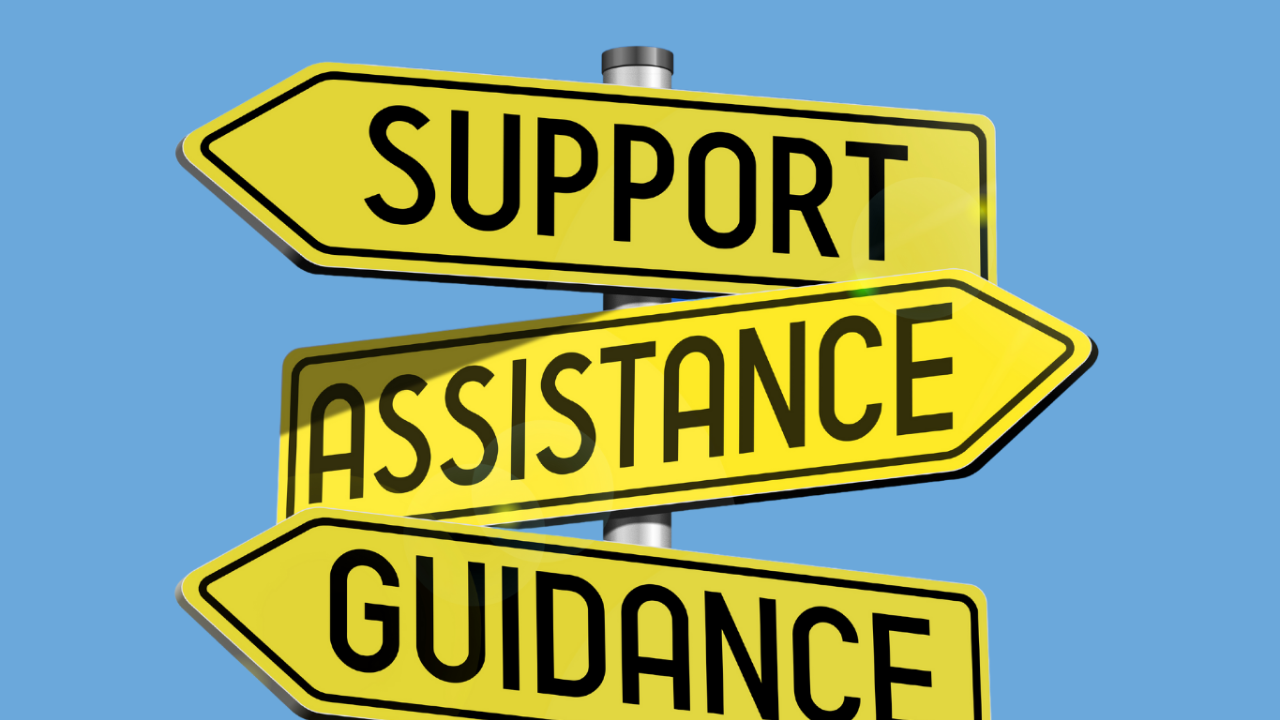When to Fire and When to Hire: "Ready, Aim, Fire and Forget"
Jul 26, 2024
The decision to fire an employee is one of the toughest calls a leader must make. It's not just about the impact on the individual but also the broader implications for the team and the organization. At the Value Creation Innovation Institute (VCII), we emphasize strategic decision-making in hiring and firing to optimize organizational performance and culture. Here’s a comprehensive guide on when to fire, why, how to do it right, and what steps to take next.
If, When to Fire: Assessing the Situation
Signs It's Time to Fire
- Consistent Underperformance: If an employee consistently fails to meet performance standards despite feedback and opportunities for improvement, it may be time to part ways.
- Behavioral Issues: Toxic behavior, disrespect towards colleagues, or frequent conflicts can harm team dynamics and overall morale .
- Lack of Engagement: Employees who are disengaged and show little interest in their work or the company’s goals can drag down productivity .
- Ethical Violations: Any breach of company ethics or legal standards is a serious issue that often necessitates immediate action .
Alternatives to Firing
Before making the final decision, consider if there are viable alternatives:
- Training and Development: Could additional training address performance gaps?
- Role Adjustment: Is the employee better suited for a different role within the organization?
- Mediation: Can conflicts be resolved through mediation or counseling?
Why Fire: The Importance of Decision
Preserving Team Morale
Maintaining high performance and a positive work environment is crucial. Keeping underperforming or disruptive employees can demotivate the rest of the team and lead to a decline in overall productivity.
Upholding Standards
A clear message must be sent that the organization upholds certain standards of performance and behavior. This helps in maintaining a culture of accountability and excellence.
Reputation Management
Both keeping a toxic employee and firing someone without proper cause can damage the organization's reputation. Leaders must navigate this balance carefully to maintain trust within the team and with external stakeholders .
How to Fire: Doing It Right
Preparation
- Document Performance Issues: Keep detailed records of performance issues, feedback given, and steps taken to help the employee improve.
- Legal Considerations: Ensure that all actions comply with labor laws and organizational policies to avoid potential legal repercussions.
The Firing Process
- Private and Respectful Setting: Conduct the termination meeting in a private, respectful environment.
- Be Direct but Compassionate: Clearly explain the reasons for termination without being harsh. Emphasize that the decision is final and not up for debate.
- Provide Support: Offer assistance in finding a new job, such as providing references or outplacement services.
Post-Termination Steps
- Communicate with the Team: Inform the team about the departure in a way that maintains morale and transparency, without disclosing sensitive details.
- Review and Learn: Analyze the situation to understand what led to the firing decision and how similar issues can be prevented in the future.
Emotional Resilience and Leadership Disconnect
Leaders must possess emotional resilience to make tough decisions while staying connected with their team. A disconnect between leaders and employees can exacerbate the negative impact of firing decisions. Leaders should strive to understand the emotional and professional needs of their team, fostering a supportive environment even when difficult decisions are necessary.
Believing in the Greater Good
Firing should not be seen solely as a punitive measure but as a step towards the greater good of the organization. This perspective helps maintain a focus on long-term goals and the overall health of the company, ensuring that decisions align with broader strategic objectives.
What Next? Steps to Rebuild
Strategic Hiring
- Identify Needs: Clearly define the skills and attributes needed for the role.
- Use Structured Interviews: Implement a structured interview process to assess candidates consistently.
- Cultural Fit: Ensure that new hires align with the company’s values and culture.
Onboarding and Integration
- Comprehensive Onboarding: Provide thorough onboarding to help new employees understand their roles and the company culture.
- Ongoing Support: Offer continuous support and feedback to new hires to ensure they integrate well and succeed in their roles.
Continuous Improvement
- Regular Performance Reviews: Implement regular performance reviews to catch issues early and provide timely feedback.
- Development Opportunities: Encourage ongoing professional development to keep employees engaged and growing within the organization.
Firing is a difficult but sometimes necessary decision to ensure organizational health and performance. By handling the process thoughtfully and strategically, leaders can minimize negative impacts and set the stage for future success. At VCII, we believe in fostering a culture of continuous improvement and value creation through effective people management practices.
We have many great affordable courses waiting for you!
Stay connected with news and updates!
Join our mailing list to receive the latest news and updates from our team.
Don't worry, your information will not be shared.
We hate SPAM. We will never sell your information, for any reason.


